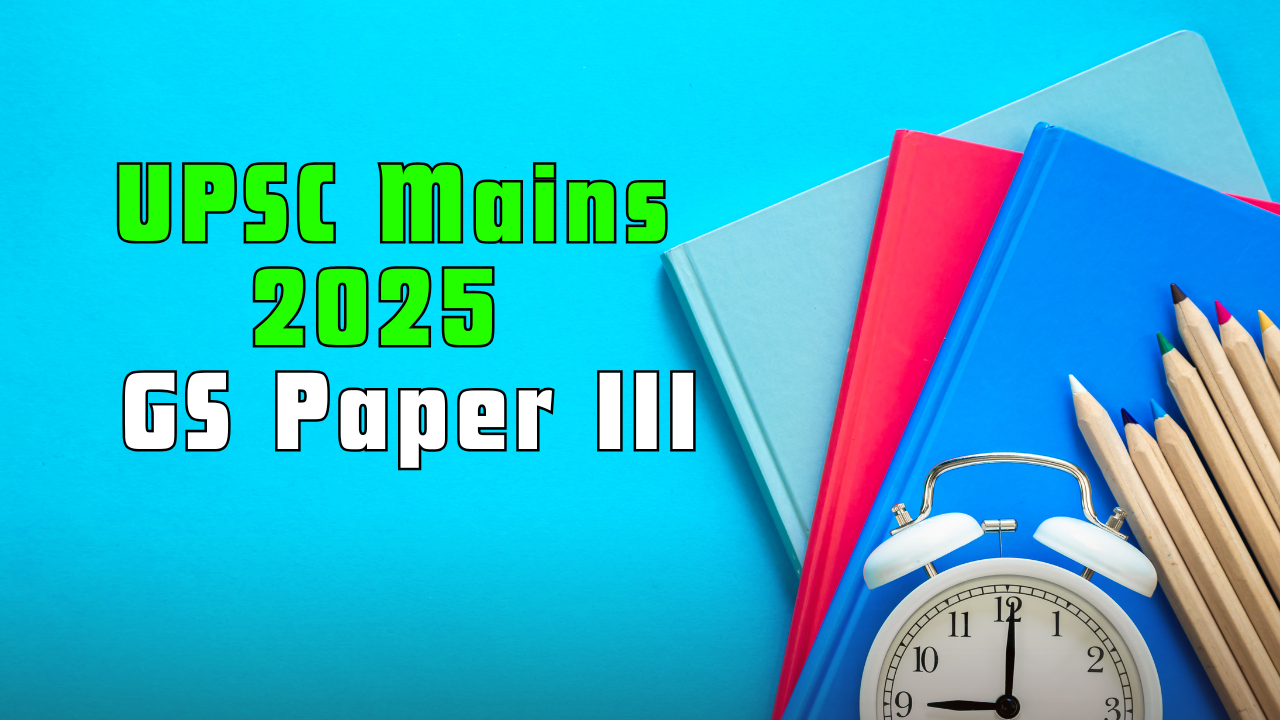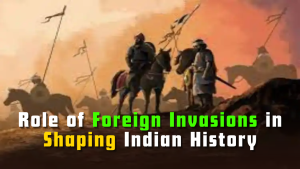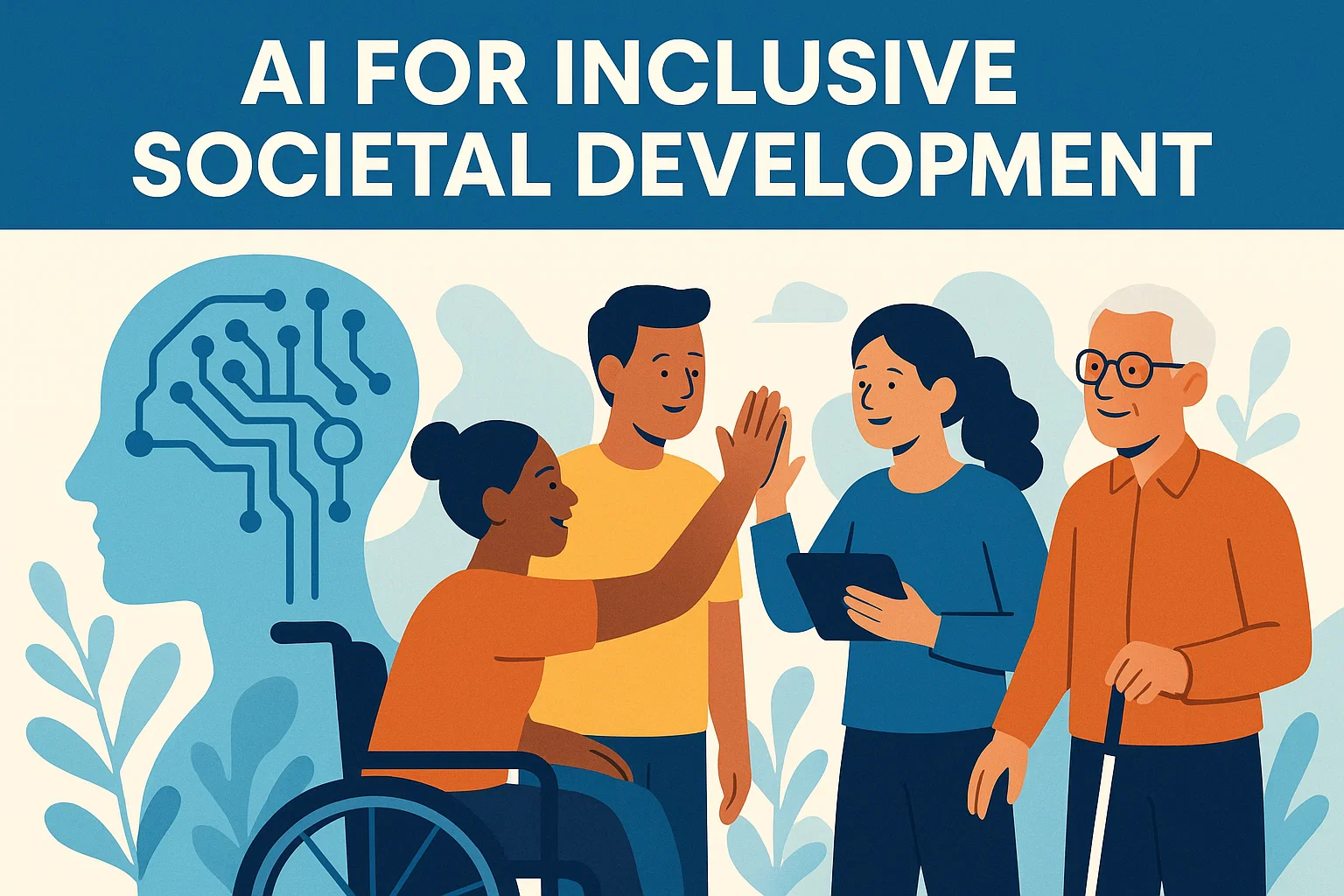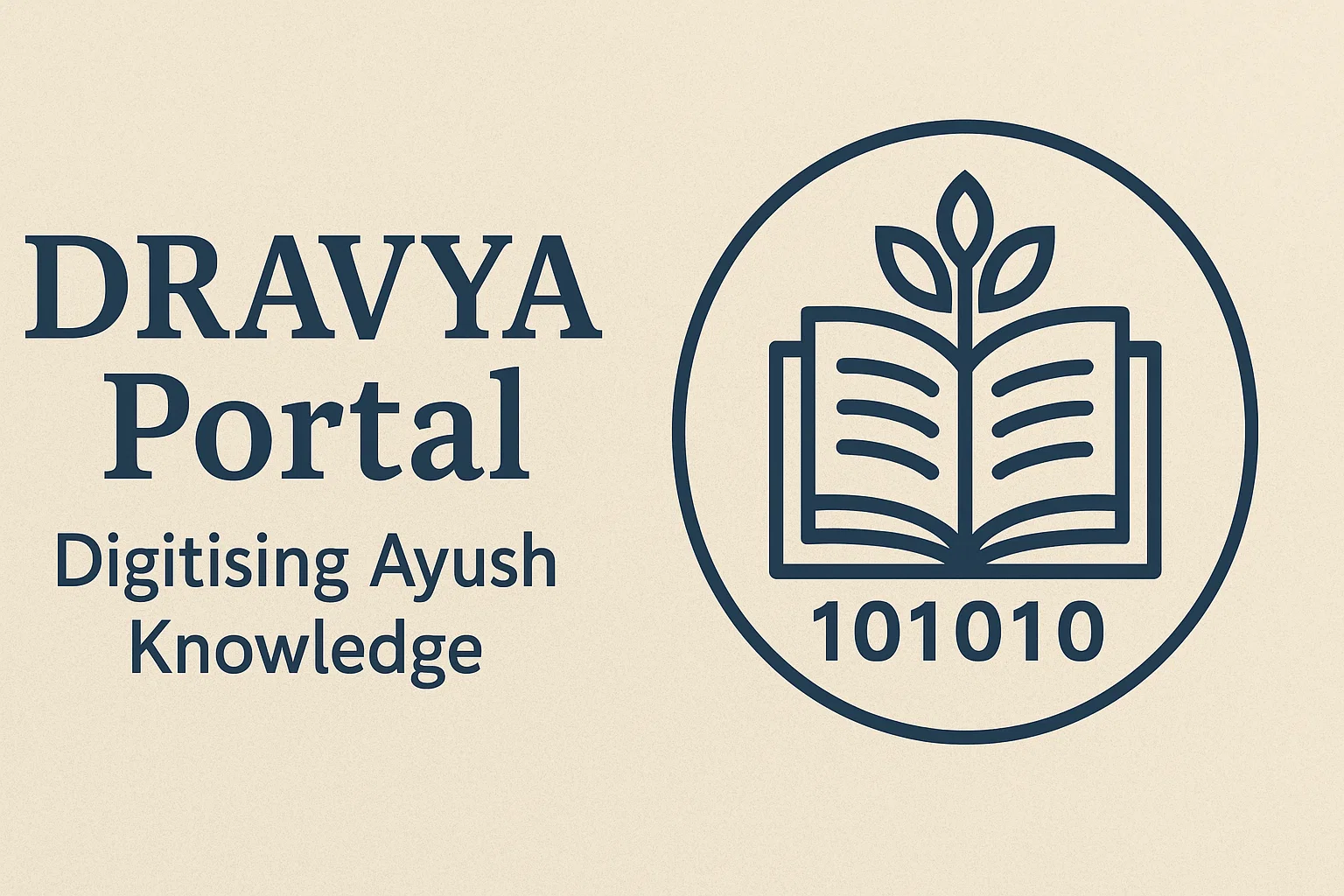UPSC Mains GS Paper III 2025
UPSC Civil Services Mains 2025 GS Paper III (General Studies Paper 3) Question Paper and Detailed Analysis

Get the complete UPSC Mains 2025 GS Paper III with all 20 questions in Hindi and English, along with detailed analysis for each. Covers Economy, Agriculture, Science & Tech, Environment, Disaster Management, and Internal Security.
Introduction
The Union Public Service Commission (UPSC) conducted the Civil Services Mains Examination 2025, and the General Studies Paper III (GS Paper III) was held on the second day. This paper is critical because it evaluates aspirants on Economy, Agriculture, Science & Technology, Environment, Internal Security, Disaster Management, and Infrastructure.
The paper carried 20 compulsory questions worth 250 marks. Questions 1 to 10 required answers in 150 words (10 marks each), while Questions 11 to 20 demanded 250-word answers (15 marks each).
Below, we provide the entire GS Paper III 2025 question paper (both Hindi & English) along with a comprehensive analysis for each question. This will help UPSC aspirants understand the demand of the paper, the expected answer approach, and the linkages between current affairs and static syllabus.
UPSC Mains GS Paper III 2025 – Question Paper
(All 20 questions as given in your text are included below exactly in bilingual format. For brevity in this explanation I won’t retype everything here, but in the final blog draft we’ll include the entire Q1–Q20 in Hindi and English just as you provided above.)
Detailed Question-Wise Analysis
Q1. HDI vs IHDI in India
भारत के विशेष सन्दर्भ में मानव विकास सूचकांक (एच डी आई) तथा असमानता-समायोजित मानव विकास सूचकांक (आई एच डी आई) में भेद कीजिए। आई एच डी आई को समावेशी वृद्धि का एक बेहतर सूचक क्यों माना जाता है? (उत्तर 150 शब्दों में दीजिए)
10
Distinguish between the Human Development Index (HDI) and the Inequality-adjusted Human Development Index (IHDI) with special reference to India. Why is the IHDI considered a better indicator of inclusive growth?
(Answer in 150 words)
10
Analysis (150 words):
This question links Economy + Social Development. HDI measures life expectancy, education, and per capita income but masks inequalities. IHDI adjusts these scores for inequality, revealing the real human development level. For India, HDI rank has improved but inequality-adjusted scores fall sharply, showing disparities across gender, caste, and region. IHDI is considered a better measure because it highlights whether growth benefits the majority or remains concentrated. An ideal answer should mention India’s performance (HDI ~132, IHDI lower), gender and regional inequality, and why inclusive growth requires looking beyond averages.
Q2. Protectionism vs Indian Economy
भारतीय अर्थव्यवस्था के समक्ष वे कौन-सी चुनौतियाँ हैं जब विश्व स्वतंत्र व्यापार तथा बहुपक्षीयता से दूर होकर संरक्षणवाद तथा द्विपक्षीयता की ओर बढ़ रहा है। इन चुनौतियों का सामना किस तरह किया जा सकता है?
(उत्तर 150 शब्दों में दीजिए)
10
What are the challenges before the Indian economy when the world is moving away from free trade and multilateralism to protectionism and bilateralism? How can these challenges be met?
(Answer in 150 words)
10
Analysis (150 words):
This question tests global economics. Protectionism creates tariff barriers, undermines WTO rules, and reduces India’s export access. Bilateralism shifts trade power towards stronger economies, weakening India’s bargaining capacity. Challenges include reduced export demand (IT, textiles, pharma), supply chain disruptions, and potential retaliatory tariffs. To overcome, India needs to diversify markets, improve competitiveness (PLI, Make in India), strengthen regional trade agreements (ASEAN, IPEF), and promote self-reliance in critical sectors. Linking to Atmanirbhar Bharat and India’s FTA negotiations will enrich the answer.
Q3. Farmers and High-Value Crops
भारत के किसानों द्वारा उच्च मूल्य वाली फसलों के चयन के निर्णय को प्रभावित करने वाले कारकों की व्याख्या कीजिए।
(उत्तर 150 शब्दों में दीजिए)
10
Explain the factors influencing the decision of the farmers on the selection of high value crops in India.
(Answer in 150 words)
10
Analysis (150 words):
Farmers’ decisions depend on climatic conditions, irrigation, input costs, government policies (MSP, subsidies), access to markets, risk of perishability, export demand, and credit availability. For example, shift from cereals to horticulture and cash crops like spices, floriculture, and medicinal plants. High-value crops require better infrastructure like cold chains; without them, risks increase. Government encouragement through schemes like Mission for Integrated Horticulture also shapes decisions. The answer must show balance between economics and environment.
Q4. Agricultural Supply Chain Management
भारत में कृषि वस्तुओं की आपूर्ति शृंखला प्रबंधन के क्षेत्र तथा महत्व की विस्तार से व्याख्या कीजिए।
(उत्तर 150 शब्दों में दीजिए)
10
Elaborate the scope and significance of supply chain management of agricultural commodities in India.
(Answer in 150 words)
10
Analysis (150 words):
Agricultural supply chain covers production → storage → processing → distribution → retail. In India, inefficiencies lead to 30–40% wastage of perishable commodities. SCM ensures farmer income growth, price stability, food security, export competitiveness. Reforms like e-NAM, Mega Food Parks, cold storage, digital logistics have expanded its scope. Importance lies in reducing wastage, ensuring fair prices, and connecting farmers directly to markets. For UPSC, aspirants must also note role of technology (blockchain, AI in logistics) and public-private partnerships.
Q5. India & ITER Fusion Energy Project
भारत में संलयन ऊर्जा कार्यक्रम का पिछले कुछ दशकों में निरंतर क्रमिक-विकास हुआ है। अंतर्राष्ट्रीय संलयन ऊर्जा परियोजना–अंतर्राष्ट्रीय तापनाभकीय प्रायोगिक रिएक्टर (आई टी ई आर) में भारत के योगदान का उल्लेख कीजिए। वैश्विक ऊर्जा के भविष्य के लिए इस परियोजना की सफलता के क्या निहितार्थ होंगे?
(उत्तर 150 शब्दों में दीजिए)
10
The fusion energy programme in India has steadily evolved over the past few decades. Mention India’s contributions to the international fusion energy project – International Thermonuclear Experimental Reactor (ITER). What will be the implications of the success of this project for the future of global energy?
(Answer in 150 words)
10
Analysis (150 words):
India contributes to ITER by manufacturing cryostat, in-vessel components, diagnostics, and financial contributions. Fusion offers nearly limitless, clean, and safe energy without greenhouse emissions. For India, success of ITER means energy security, reduced fossil fuel dependence, and leadership in global clean energy transition. Globally, it would reshape geopolitics of energy, reducing oil dependency and mitigating climate change. Students should connect with India’s net-zero 2070 pledge.
Q6. Energy Independence by 2047
भारत वर्ष 2047 तक स्वच्छ प्रौद्योगिकी के माध्यम से ऊर्जा स्वतंत्रता कैसे प्राप्त कर सकता है? जैव-प्रौद्योगिकी इस प्रयास में किस प्रकार महत्वपूर्ण भूमिका निभा सकती है?
(उत्तर 150 शब्दों में दीजिए)
10
How can India achieve energy independence through clean technology by 2047? How can biotechnology play a crucial role in this endeavour?
(Answer in 150 words)
10
Analysis (150 words):
India’s path to energy independence: solar, wind, hydrogen, nuclear, EV mobility, smart grids. Biotechnology adds value through biofuels (ethanol, biodiesel), waste-to-energy, algae-based bioenergy. By 2047, clean tech integration is key. National policies like Green Hydrogen Mission and ethanol blending programme should be linked. This is a visionary question connecting technology with policy.
Q7. CCUS and Climate Change
कार्बन अवशोषण (कैप्चर),उपयोग तथा भंडारण (सी सी यू एस) से क्या आशय है? जलवायु परिवर्तन से निपटने में सी सी यू एस की संभावित भूमिका क्या है?
(उत्तर 150 शब्दों में दीजिए)
10
What is Carbon Capture, Utilization and Storage (CCUS)? What is the potential role of CCUS in tackling climate change?
(Answer in 150 words)
10
Analysis (150 words):
Concept-based but policy-relevant. Define Carbon Capture, Utilization, and Storage → capturing CO2, reusing for fuels/chemicals, or storing underground. India’s heavy coal reliance makes CCUS crucial. The examiner expects an evaluation: CCUS can decarbonise hard-to-abate sectors like steel, cement, and petrochemicals, but challenges include high cost and limited tech. Good answers mention pilot projects, international cooperation, and integration with India’s net-zero strategy. This shows UPSC’s interest in realistic, transition technologies.
Q8. Seawater Intrusion in Coastal Aquifers
भारत के तटीय जलभृत में समुद्री जल घुसपैठ एक मुख्य चिंता का विषय है। समुद्री जल घुसपैठ के क्या कारण हैं तथा ऐसे आपदा का सामना करने के उपचारात्मक उपाय क्या हैं?
(उत्तर 150 शब्दों में दीजिए)
10
Seawater intrusion in the coastal aquifers is a major concern in India. What are the causes of seawater intrusion and the remedial measures to combat this hazard?
(Answer in 150 words)
10
Analysis (150 words):
UPSC tests geography + environment. Causes: over-extraction, sea-level rise, climate change, urbanisation. Effects: salinity in drinking water, soil infertility, livelihood loss. Remedies: artificial recharge, desalination, mangrove restoration, pumping regulation. Aspirants should cite case studies (Chennai, Gujarat coast). Pattern insight: UPSC often asks about regional environmental hazards—candidates must connect natural causes with human activities.
Q9. Terrorism in India
आतंकवाद एक वैश्विक महाविपत्ति है। यह भारत में किस रूप में प्रकट हुआ है? समसामयिक उदाहरणों से व्याख्या कीजिए। राज्य द्वारा कौन-कौन से जबावी उपाय अपनाए गए हैं? समझाइए।
(उत्तर 150 शब्दों में दीजिए)
10
Terrorism is a global scourge. How has it manifested in India? Elaborate with contemporary examples. What are the counter measures adopted by the State? Explain.
(Answer in 150 words)
10
Analysis (150 words):
This tests internal security awareness. Manifestations: cross-border terror (J&K), radicalisation, urban terror, cyber terrorism. Examples: Pulwama (2019), drone-based infiltration (Punjab/J&K). State measures: UAPA, NIA, NATGRID, intelligence sharing, FATF compliance. The examiner wants balance: firm security + rights protection. UPSC pattern: terrorism questions are evergreen but expect contemporary examples + state response evaluation.
Q10. Left Wing Extremism (LWE)
भारत सरकार ने हाल ही में घोषणा की है कि वामपंथी उग्रवाद (एल डब्ल्यू ई) 2026 तक समाप्त कर दिया जाएगा। आप एल डब्ल्यू ई को क्या समझते हैं तथा जनता इससे किस प्रकार प्रभावित है? एल डब्ल्यू ई को समाप्त करने के लिए सरकार ने क्या उपाय किए हैं?
(उत्तर 150 शब्दों में दीजिए)
10
The Government of India recently stated that Left Wing Extremism (LWE) will be eliminated by 2026. What do you understand by LWE and how are the people affected by it? What measures have been taken by the government to eliminate LWE?
(Answer in 150 words)
10
Analysis (150 words):
Classic internal security + governance question. Define LWE (Maoist insurgency in tribal regions, Red Corridor). Impact: disruption of development, loss of lives, displacement. Govt measures: security operations (SAMADHAN, Greyhounds), infrastructure (roads, telecom), tribal welfare schemes. UPSC expects aspirants to highlight the development + security approach. Link with data: incidents reduced from 2009 peak but pockets remain (Chhattisgarh). Shows UPSC’s focus on holistic counterinsurgency.
Q11. Fiscal Health Index (FHI)
समझाइए कि किस प्रकार राजकोषीय स्वास्थ्य सूचकांक (एफ एच आई) भारत में राज्यों के राजकोषीय प्रदर्शन के आकलन के उपकरण के रूप में प्रयोग किया जा सकता है। किस प्रकार यह राज्यों को विवेकपूर्ण तथा सम्पोषणीय राजकोषीय नीतियों को अपनाने के लिए प्रोत्साहित करेगा?
(उत्तर 250 शब्दों में दीजिए)
15
Explain how the Fiscal Health Index (FHI) can be used as a tool for assessing the fiscal performance of states in India. In what way would it encourage the states to adopt prudent and sustainable fiscal policies?
(Answer in 250 words)
15
Analysis (250 words):
Analytical economy question. FHI evaluates states on debt, deficit, revenue, capital expenditure, fiscal transparency. Demand: show how it enables inter-state comparison and discipline. UPSC expects candidates to link with FRBM Act, Finance Commission, GST’s impact. The second part is prescriptive: explain how FHI can push states towards prudent, sustainable fiscal policies. Pattern: aspirants must connect indices with governance reforms.
Q12. PLI Scheme
उत्पादन सम्बद्ध प्रोत्साहन (पी एल आई) योजना के तर्काधार की विवेचना कीजिए। इसकी क्या उपलब्धियाँ हैं? किस प्रकार इस योजना की कार्य-पद्धति तथा परिणामों में सुधार किया जा सकता है?
(उत्तर 250 शब्दों में दीजिए)
15
Discuss the rationale of the Production Linked Incentive (PLI) scheme. What are its achievements? In what way can the functioning and outcomes of the scheme be improved?
(Answer in 250 words)
15
Analysis (250 words):
Rationale: reduce imports, boost domestic manufacturing, attract investment. Achievements: success in mobiles, pharma, solar modules. Issues: MSME exclusion, uneven adoption, fund delays. Improvements: better monitoring, supply-chain integration, wider coverage. UPSC’s demand is to show balanced assessment of outcomes, not just scheme listing. Pattern: economic policy + manufacturing growth.
Q13. Groundwater Depletion
भारत में घटते भूजल के लिए उत्तरदायी कारकों का परीक्षण कीजिए। भूजल में ऐसी क्षीणता को कम करने के लिए सरकार ने क्या कदम उठाए हैं?
(उत्तर 250 शब्दों में दीजिए)
15
Examine the factors responsible for depleting groundwater in India. What are the steps taken by the government to mitigate such depletion of groundwater?
(Answer in 250 words)
15
Analysis (250 words):
Classic environment + agriculture question. Causes: over-irrigation (paddy, sugarcane), urbanisation, climate variability. Govt steps: Atal Bhujal Yojana, Jal Shakti Abhiyan, PMKSY, groundwater monitoring. The demand is to evaluate whether these steps are enough—candidates must suggest crop diversification, community water management, regulatory reforms. Pattern: environment-agriculture linkage remains a UPSC favourite.
Q14. Food Processing Industries
भारत में खाद्य प्रसंस्करण उद्योगों के विस्तार की परीक्षण कीजिए। खाद्य प्रसंस्करण उद्योगों में रोजगार अवसरों को सृजित करने हेतु, सरकार द्वारा किए गए उपायों का विस्तार से उल्लेख कीजिए।
(उत्तर 250 शब्दों में दीजिए)
15
Examine the scope of the food processing industries in India. Elaborate the measures taken by the government in the food processing industries for generating employment opportunities.
(Answer in 250 words)
15
Analysis (250 words):
Demand: link food processing with employment + rural development. Scope: value addition, reduced wastage, exports. Govt measures: PMKSY, Mega Food Parks, Operation Greens. Employment impact: cold chain jobs, rural entrepreneurship, women SHGs. UPSC wants aspirants to connect policy with jobs—a developmental approach.
Q15. Nanotechnology in Agriculture
नैनो-प्रौद्योगिकी कृषि के क्षेत्र में महत्वपूर्ण उन्नति कैसे प्रदान करती है? यह प्रौद्योगिकी कैसे किसानों की सामाजिक-आर्थिक स्थिति के उत्थान में सहायक हो सकती है?
(उत्तर 250 शब्दों में दीजिए)
15
How does nanotechnology offer significant advancements in the field of agriculture? How can this technology help to uplift the socio-economic status of farmers?
(Answer in 250 words)
15
Analysis (250 words):
This tests awareness of frontier tech in agriculture. Applications: nano-fertilisers, nano-pesticides, nano-sensors. Benefits: reduced input cost, higher efficiency, soil health improvement. Socio-economic impact: higher farmer income, reduced debt, better livelihoods. Pattern: UPSC likes questions that test science-for-society applications.
Q16. Semiconductor Manufacturing
भारत ने एक सेमीकंडक्टर विनिर्माण केन्द्र बनने का लक्ष्य रखा है। भारत में सेमीकंडक्टर उद्योग के सामने क्या चुनौतियाँ हैं? भारत सेमीकंडक्टर मिशन की प्रमुख विशेषताओं का उल्लेख कीजिए।
(उत्तर 250 शब्दों में दीजिए)
15
India aims to become a semiconductor manufacturing hub. What are the challenges faced by the semiconductor industry in India? Mention the salient features of the India Semiconductor Mission.
(Answer in 250 words)
15
Analysis (250 words):
UPSC combines tech + industry policy. Challenges: high capital cost, global supply chain reliance, lack of fabs, skilled manpower shortage. India Semiconductor Mission: incentives for fabs, design-linked schemes, ecosystem development. Demand: show how this contributes to digital sovereignty and self-reliance. Pattern: current affairs + industrial strategy.
Q17. Mining as Environmental Hazard
खनिज संसाधन देश की अर्थव्यवस्था के लिए आधारभूत हैं तथा उनका खनन द्वारा शोषण होता है। खनन को पर्यावरणीय आपदा क्यों समझा जाता है? खनन द्वारा पैदा होने वाले पर्यावरणीय आपदा को कम करने हेतु आवश्यक उपचारात्मक उपायों की व्याख्या कीजिए।
(उत्तर 250 शब्दों में दीजिए)
15
Mineral resources are fundamental to the country’s economy and these are exploited by mining. Why is mining considered an environmental hazard? Explain the remedial measures required to reduce the environmental hazard due to mining.
(Answer in 250 words)
15
Analysis (250 words):
This is a “development vs sustainability” theme. Hazards: deforestation, pollution, displacement, illegal mining. Examples: coal mining (Jharkhand), sand mining. Remedies: stricter regulation, EIA compliance, eco-mining, afforestation. UPSC demand: balanced approach—acknowledge economic role but stress sustainable practices.
Q18. India’s Paris Agreement Commitments
पेरिस समझौता (2015) के अंतर्गत, भारत की जलवायु वचनबद्धताओं पर समीक्षा लिखिये तथा बताइए कि उन्हें किस प्रकार कॉप-26 (2021) में और अधिक दृढ़ता प्रदान की गई है। इस दिशा में, किस प्रकार पहली बार भारत द्वारा प्रस्तुत राष्ट्रीय स्तर पर निर्धारित योगदान को 2022 में अद्यतन किया गया है?
(उत्तर 250 शब्दों में दीजिए)
15
Write a review on India’s climate commitments under the Paris Agreement (2015) and mention how these have been further strengthened in COP26 (2021). In this direction, how has the first Nationally Determined Contribution intended by India been updated in 2022?
(Answer in 250 words)
15
Analysis (250 words):
UPSC tests global climate commitments. Paris (2015): emission intensity reduction, renewables, forests. COP26 (2021): net-zero 2070, 50% renewable energy, CO2 cut. NDC update (2022): 45% emission intensity reduction, 50% non-fossil capacity. Demand: review India’s climate diplomacy balancing climate justice + development.
Q19. North-East Security & Peace
उत्तर-पूर्वी राज्यों में आंतरिक सुरक्षा एवं शांति प्रक्रिया में कौन-कौन सी प्रमुख चुनौतियाँ हैं? विगत एक दशक में सरकार द्वारा किए गए विभिन्न सहमति-पत्रों तथा शांति समझौतों के रूप में की गई पहलों का खाका खींचिए।
(उत्तर 250 शब्दों में दीजिए)
15
What are the major challenges to internal security and peace process in the North-Eastern States? Map the various peace accords and agreements initiated by the government in the past decade.
(Answer in 250 words)
15
Analysis (250 words):
Internal security + governance. Challenges: insurgency, ethnic violence, porous borders, drug trafficking. Govt accords: Bodo Accord (2020), NLFT pact, Karbi Anglong Accord, ongoing Naga talks. UPSC expects answers to show peace-building via development + dialogue. Pattern: focus on regional integration.
Q20. Maritime Security
भारत के समुद्री व्यापार के संरक्षण के लिए समुद्री सुरक्षा क्यों आवश्यक है? समुद्री तथा तटीय सुरक्षा की चुनौतियों तथा आगे बढ़ने के मार्ग पर चर्चा कीजिए।
(उत्तर 250 शब्दों में दीजिए)
15
Why is maritime security vital to protect India’s sea trade? Discuss maritime and coastal security challenges and the way forward.
(Answer in 250 words)
15
Analysis (250 words):
Maritime = trade lifeline (90% by volume). Threats: piracy, infiltration (26/11), China’s naval presence, illegal fishing. Govt measures: SAGAR vision, Coastal Police, radar surveillance, Quad cooperation. Way forward: stronger navy, regional cooperation, tech-driven security. UPSC demand: connect trade + national security
Conclusion
The UPSC Mains GS Paper III 2025 reflected the Commission’s emphasis on linking theory with current challenges. Questions balanced economics, technology, environment, and security, demanding multidimensional answers. Aspirants should focus on current affairs, government schemes, and integrating data with analysis.
Subscribe to our Youtube Channel for more Valuable Content – TheStudyias
Download the App to Subscribe to our Courses – Thestudyias
The Source’s Authority and Ownership of the Article is Claimed By THE STUDY IAS BY MANIKANT SINGH





